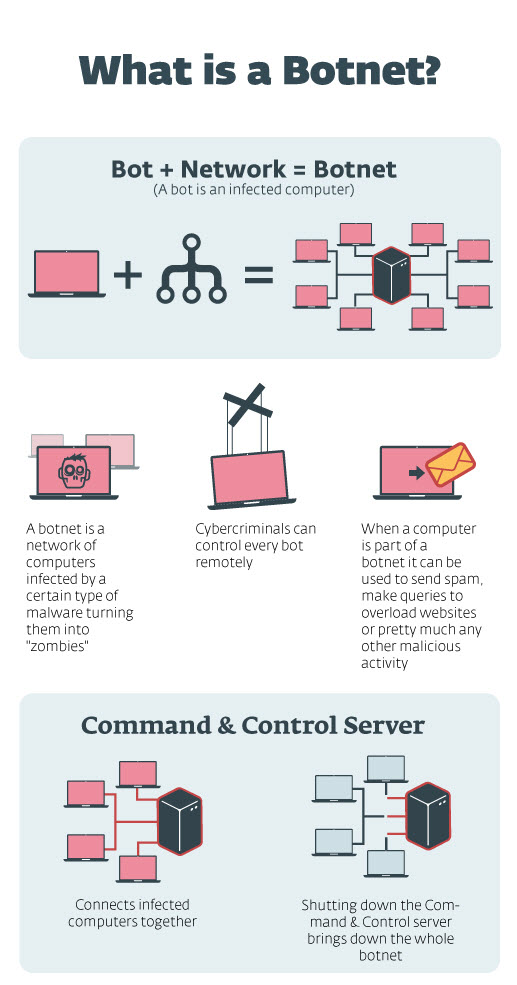By Robin Dishon, Senior Writer, ESET
DDoS (Distributed Denial of Service) attacks on a high-profile target are in the news again. This time, it's the web host company DreamHost, home to more than 1.5 million websites, that is being affected.
The August 24 attack happened just a few days after the Department of Justice demanded visitor data from an anti-Trump website from DreamHost, which rejected the which rejected the request. The company has also been in the headlines as it's reportedly hosting a new version of the Nazi site, the Daily Stormer.
The last time botnets made headlines, it was because last year’s massive DDoS attack on Dyn (an internet infrastructure provider), knocked out access to Amazon, Netflix, eBay and Twitter, to name just a few. That attack was unusual not only for its scale – blocking services for millions of online users – but because internet of Things devices such as DVRs and alarm systems were used to create the botnet.
DDoS attacks such as this take advantage of unprotected computers to create “botnets.” Botnets are collections of millions of infected computers that are used maliciously for attacks. Here's what that looks like:
Because unprotected computers can be used to create botnets, you can help prevent future DDoS attacks—by ensuring your own computers and devices have effective internet security installed.
ESET security solutions use advanced heuristics and analysis for effective botnet protection, blocking programs that may try to take over your computers as well as detecting and destroying other threats.
Learn more about how you can become part of the botnet solution and enjoy safer technology 24/7.
